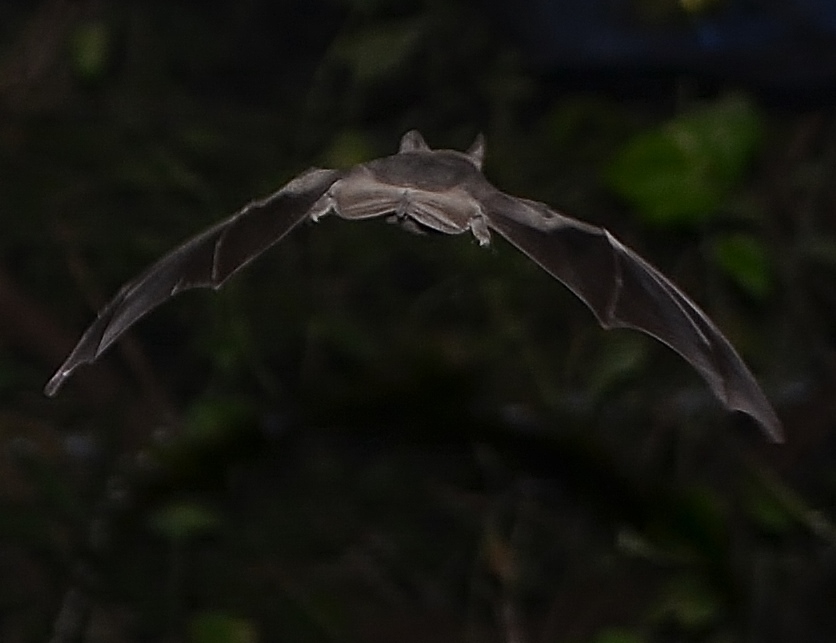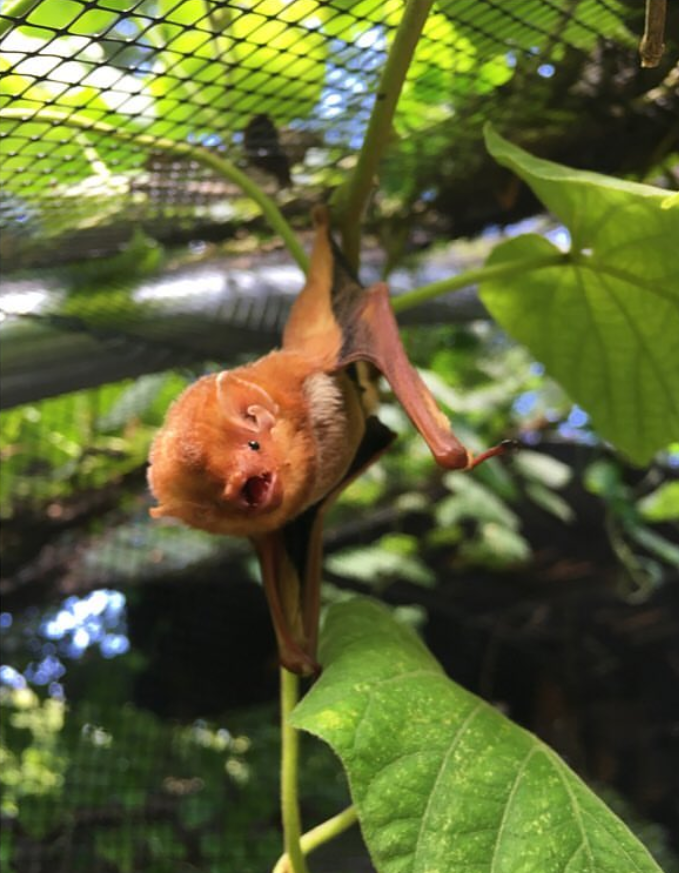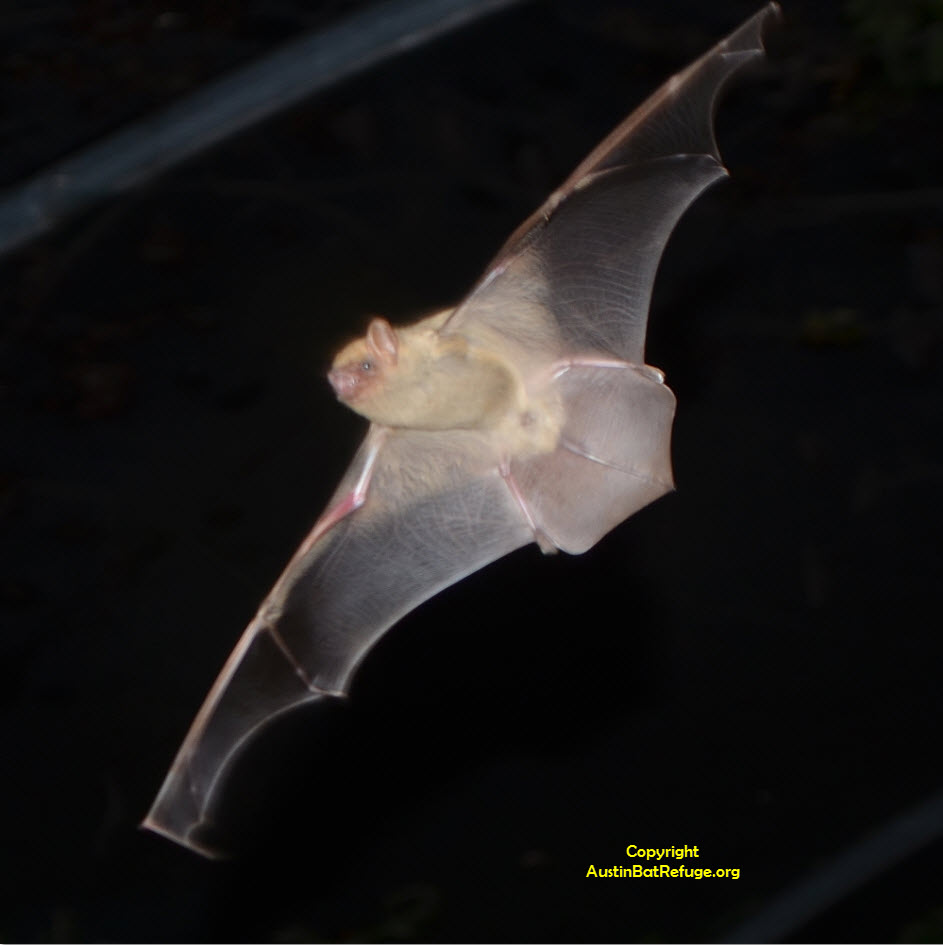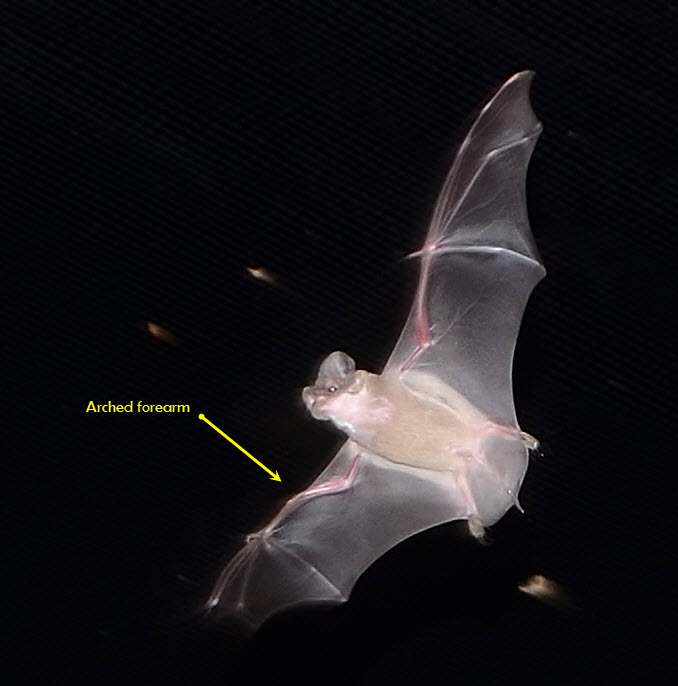Seabreeze & North Front
Great night for Central Texas bats as a strong seabreeze pushes moths toward the Hill Country while a North front brings reverse migrating moths back from the northland, making a smorgasborg for Mexican free-tailed bats fattening up for their own migration south at the end of the month. This year’s pups are packing on the grams preparing for their first big journey. Their is a lot going on in this video as the Hill Country roosts are perfectly situated to take full advantage of both fronts.
Here’s the Congress Avenue Bridge bats that same night going with the seabreeze to the NW, to feed on moths pushed along on the leading edge of the front.


































